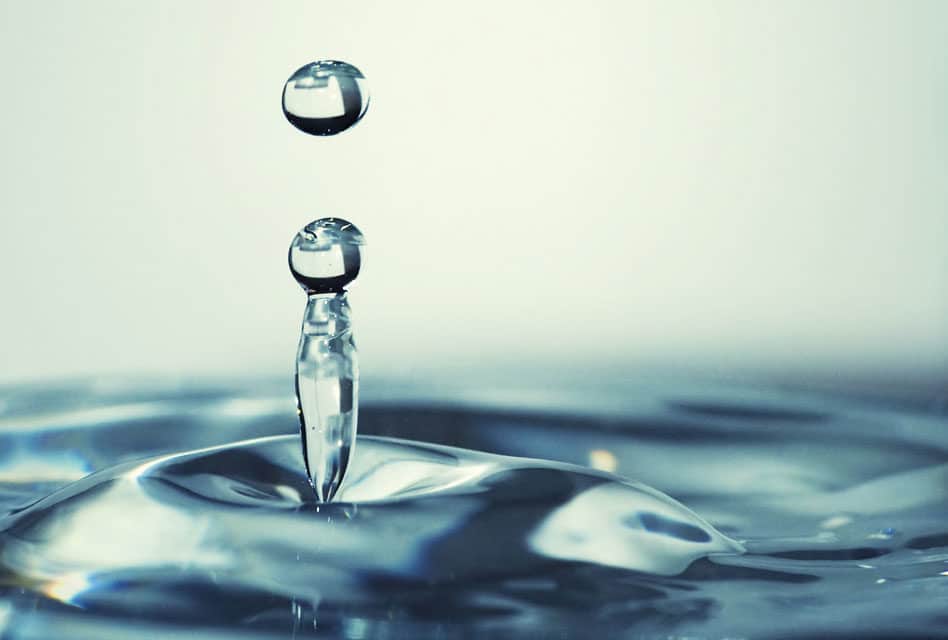The Senegalese national water company (Société Nationale des Eaux du Senegal (SONES)) is currently constructing a groundwater desalination plant at Foundiougne in Sine-Saloum, southwest of the West African country in a bid to strengthen the drinking water supply to the city.
Also Read: 50,000 solar street lamps project in Senegal halfway complete
So far, according to Yoro Diassy, an engineer at the national water company of Senegal (SONES) acting as the desalination plant project manager, all the engineering works as well as equipment installation and connections have been completed.
“What we are currently working on are the electrical installations, and we are in the final stages of adjustment. We hope that the plant will be operational in a few months,” explained the project manager.
After it is commissioned, the operation of the desalination plant will be entrusted to Sen’eau, the new company operating and distributing drinking water in Senegal’s urban and peri-urban areas.
An overview of the groundwater desalination plant
The groundwater desalination plant in question whose capacity is approximately 1,700 cubic meters per day will pump groundwater and treat it using the reverse osmosis process. The treated water is expected to serve the needs of more than 7,000 inhabitants of the town of Foundiougne whose total water usage is about 700 cubic meters per day.
According to a study by SONES, the facility should be able to completely cover the needs of these people at least for the next 15 years if not more.
Other than the new desalination plant, the population of the Foundiougne town together with that of Fatick, Thiès, and Kaolack regions, will benefit from Phase 2 of the drinking water supply project which is financed by South Korea.
This project involves the establishment of nine boreholes, nine water towers, and a 170 km of water supply network, nine pumps, nine generators, nine caretaker’s lodgings, and nine pumping cabins.

